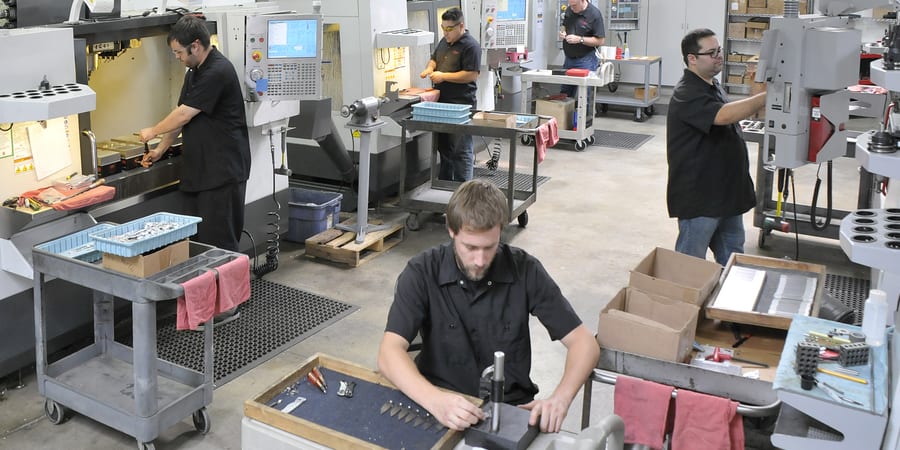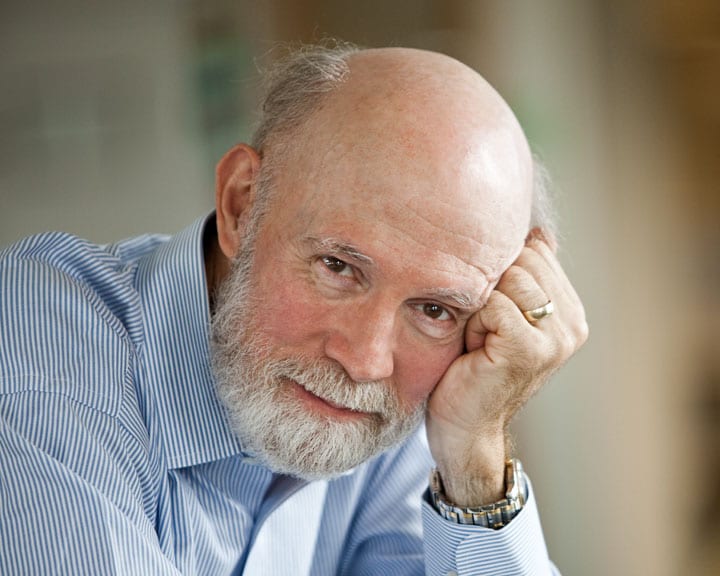
A New Year’s Resolution: Start with the Work
WOMACK'S YOKOTEN - If you are going to succeed at one of your resolutions for 2016, let it be that of always starting off a lean transformation with a deep analysis of the work at a single point in your organization, and then escalating your efforts to reach all the factors influencing the work.
Words: Jim Womack, Founder and Senior Advisor, Lean Enterprise Institute
As readers of Yokoten may know, I'm often involved in the co-learning partnerships of the Lean Enterprise Institute in which we try real experiments with real organizations to test and increase our knowledge of lean transformation. (For a video briefly explaining the LEI Lean Transformation Framework please go here.) In recent years our partnerships have been my primary way of learning and at the end of each year I always engage in some hansei – critical self-reflection – to try to understand what worked and, more important, what didn't. So I've been doing my hansei this week.
What we have found over many years is that the organizations approaching us want to start with the big picture and some grand gesture to launch a complete lean transformation. (They may even have read in one of my books written many years ago that this is a good idea!) Recently one partner wanted to create an entire lean business from a greenfield as a way to spur lean efforts in the much larger, parent organization. Another wanted to create an end-to-end value stream for a major product family stretching from Tier 2 suppliers through its in-house activities and on to its dealers.
We agreed to offer coaching for these initiatives. But we cautioned that a new business and an end-to-end value stream with greatly reduced lead-times, inventories, and costs would require a level of basic stability in the conduct of every step along the value streams and the introduction of lean management practices that did not currently exist in either organization. Without stability and a management system that could maintain stability we feared that their strenuous efforts would lead to unsustainable results. And our concerns were largely confirmed.
So this year we agreed to try an opposite approach. We asked the manufacturer partner to pick one production area and the retailer partner to pick one department in one store and to start by examining the actual work of their associates. (For an additional and critically important human perspective on starting with the work, I hope you will look at John Shook's provocative e-letter "Work" from last June. You can find it here.)
At each step in the work they asked whether the actions were actually creating value for some customer (what lean thinkers call "work") or were instead necessary to get the value-creating work done (what lean thinkers call "incidental work") or were in fact waste (muda.) They then asked about the best way to get both types of work done. Finally, they asked the associates what struggles they were encountering in trying to get the work done in the right way for the customer. (Stated another way, our partners showed respect for those doing the work by asking them to help think about the current state of their work and how to improve it.)
As the experiments continued they spread to the flow of information coming from the customer, the flow of materials from the rest of the organization and outside suppliers, and the practices of higher levels of management. (These information, logistics, and management practices were typical of those for every other value stream in these organizations.) As these activities proceeded I grasped something I had never fully pulled into consciousness:
By closely examining the work at a single point in an organization, then dramatically changing it, and then working upwards to understand the many layers of the organization impacting that work it is possible to discover all of the failure modes in the larger business system:
- The KPIs that encourage managers and associates to do the wrong thing to "make their numbers".
- The supplier management practices that cause pain for the associates and pain for the suppliers as good parts and supplies fail to arrive on time in the right amount at the right place.
- The information management practices between the customer and the point of value creation that transmit much noise and little true information.
- The team leaders and line managers who don't actually understand the work and therefore can't help the folks actually doing the work.
- The lack of a standard method for counter-measuring problems quickly.
- The lack of a standard method for finding permanent countermeasures.
- The lack of effectiveness of staff operational excellence groups that don't engage with the struggles of the associates trying to do the actual work or the frustrations of the line mangers trying to manage the actual work. (Instead, they usually apply ready-made "solutions", sometimes irrelevant to the actual problems and often unsustainable.)
Once the problems are understood, it is much easier to devise countermeasures that will succeed not only at the one point being studied but across the entire organization. (Indeed, the point is not to improve the one point begin studied – the focus of traditional kaizen – but to lay the foundation for improving the entire organization.)
Starting by examining the work in depth at one point is hard and time-consuming and senior managers fret that "this won't scale in the time we have available." But I am finding the exact opposite. By starting with the work at one point in the organization and then steadily expanding the effort upstream and downstream, including the management system, it is possible to continually learn at the initial test site and to build associate, team leader, and manager capability. At the same time the learning from the initial site can be shared with many other sites which start with the work at one point and go as fast as they can to catch up with the initial site. So instead of going fast to wind up going slowly (or failing altogether) – the story of many lean efforts – the experiments I have described are starting slowly to go progressively faster.
Please understand that I have no victories to report. The experiments described are still only part way along and it is a matter of years, not days, to determine their true significance. But as I think about the year that just began I take real encouragement from the idea that lean practitioners can start small and slow to eventually go large and fast as we turn the power of starting with the work into a more effective form of yokoten.
THE AUTHOR

Management expert James P. Womack, is the founder and senior advisor to the Lean Enterprise Institute. The intellectual basis for the Cambridge, MA-based Institute is described in a series of books and articles co-authored by Jim himself and Daniel Jones over the past 25 years. During the period 1975-1991, he was a full-time research scientist at MIT directing a series of comparative studies of world manufacturing practices. As research director of MIT’s International Motor Vehicle Program, Jim led the research team that coined the term “lean production” to describe Toyota’s business system. He served as LEI’s chairman and CEO from 1997 until 2010 when he was succeeded by John Shook.
Read more


FEATURE – A real understanding of Lean Thinking can only stem from an exploration of its tacit aspects, not just its most explicit, easy-to-grasp elements.


CASE STUDY – This digital organization has embarked on a cultural transformation that is allowing them to become more agile while keeping people and stimulating interactions at the heart of their work.


COLUMN - In the third article of our series, the CEO of a healthcare institution in Catalonia, Spain, discusses the implementation of lean as a mindset that has its foundations in continuous improvement.


INTERVIEW – We speak with the National Petroleum Construction Company in the Emirates, learning how improving one of their critical processes is boosting the spread of lean thinking across the business.

